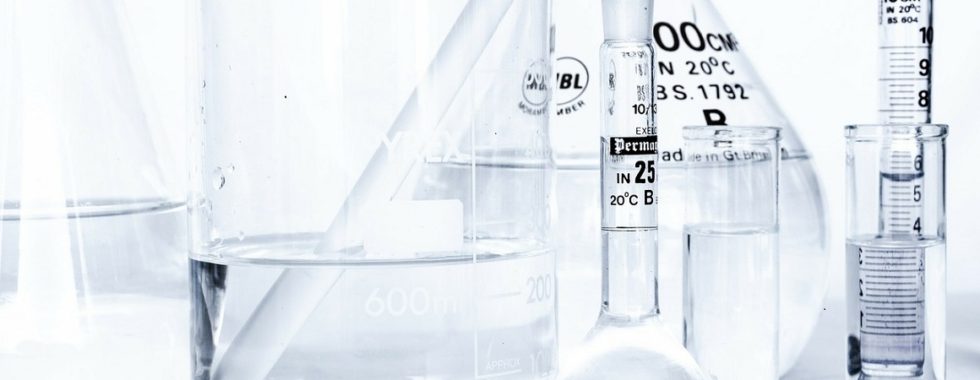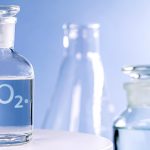Water Disinfection Byproducts (DBP)
The use of some disinfectants, such as chlorine, results in the formation of byproducts, many of them are considered carcinogenic.
Disinfection byproducts are formed as a result of a reaction of the disinfectant with several compounds in the water, and
The type of disinfection byproducts that is formed depends on:
- The disinfectant that is being used
- The dose of the disinfectant
- The type of residue formed by the disinfectant
In order for the DBP to form, a precursor must exist. The main DPB precursors are natural organic matter (MON) and bromide. It is required that both the precursor and the disinfectant be simultaneously present in the water.
The disinfectants that can form DBPs are chlorine, chloramines, chlorine dioxide and ozone.
FORMATION OF DISINFECTION BYPRODUCTS
Disinfection byproducts can be formed in various reactions. For example:
- The reaction between natural organic matter and chlorine or chloramines forms trihalomethanes (THM) and haloacetic acids (HAA5).
- The reaction between bromide + ozone forms bromate:
Br- + O3 → BrO – 3 - Chlorine dioxide is reduced to a chlorite:
ClO2 → ClO–
The most predominant disinfection byproduct is trihalomethane (THM). Its removal is difficult and requires adsorption by activated carbon or separation by air.
The level of THM is higher in chlorinated surface waters than in chlorinated groundwater.
Typical concentrations of TTHM (Total Trihalmomethanes) are 0.03 – 0.15 mg/L in surface water and 0.001 – 0.01 mg/L in groundwater.
Their concentration increases with water temperature, pH, and the chlorine dosage applied.
FACTORS AFFECTING THE AMOUNT OF DBPs FORMED
Several factors affect the amount of DBPs formed:
- The concentration and the type of precursor.
- The temperature – the concentration of DBPs increases with temperature.
- pH – concentration of THM increases and that of HAA5 decreases with the pH.
- Contact time – the concentration of DBPs increases with the contact time between the DBP precursor and the disinfectant.
- Bromide concentration – higher concentration of results in greater amount of DBPs.
- The dose of disinfectant – higher dose results in a greater amount of DBPS.
CONTROL PARAMETERS AND MEASURES
The best measure to avoid or minimize the formation of disinfection byproducts is the elimination of the precursors.
Improved coagulation is one of these measures, and it is a regulatory requirement in many countries. It involves the application of higher doses of coagulants, at lower pH values. This process results in a better elimination of natural organic matter (NOM).
The parameters used to monitor and control the level of disinfection byproducts are MRDL, which is the maximum permissible level of the disinfectant in water and MCL, which is the maximum permissible level of the DBP.
Examples of MRDL and MCL (EPA) values:
Chlorine – 4.0 mg/L as Cl2
Chloramines – 4.0 mg/L as Cl2
Chlorine dioxide – 0.8 mg/L as ClO2
TTHM – 0.08 mg/L
HAA5 – 0.06 mg/L
Bromate – 0.01 mg/L
Chlorite – 1.0 mg/L
REGULATED DISINFECTION BYPRODUCTS
Several DBPs are subject to regulation. These are:
- 4 Trihalomethanes – Bromotrichloromethane, bromoform, dibromochloromethane and chloroform.
- 5 Haloacetic acids – monobromoacetic acid, dibromoacetic acid, monochloroacetic acid and trichloroacetic acid.
- Bromate (BrO3–)
- Chlorite (ClO–)
EMERGING DISINFECTION BYPRODUCTS (NOT REGULATED)
Due to the use of alternative disinfectants to chlorine, other types of disinfection byproducts, that are not yet regulated, emerged. Some of them are more dangerous to human health than the regulated DBPs!
These include:
- Iodine-acids
- Bromonitromethanes
- Nitroso-dimethyl amines (NDMA)
This topic requires further investigation.






